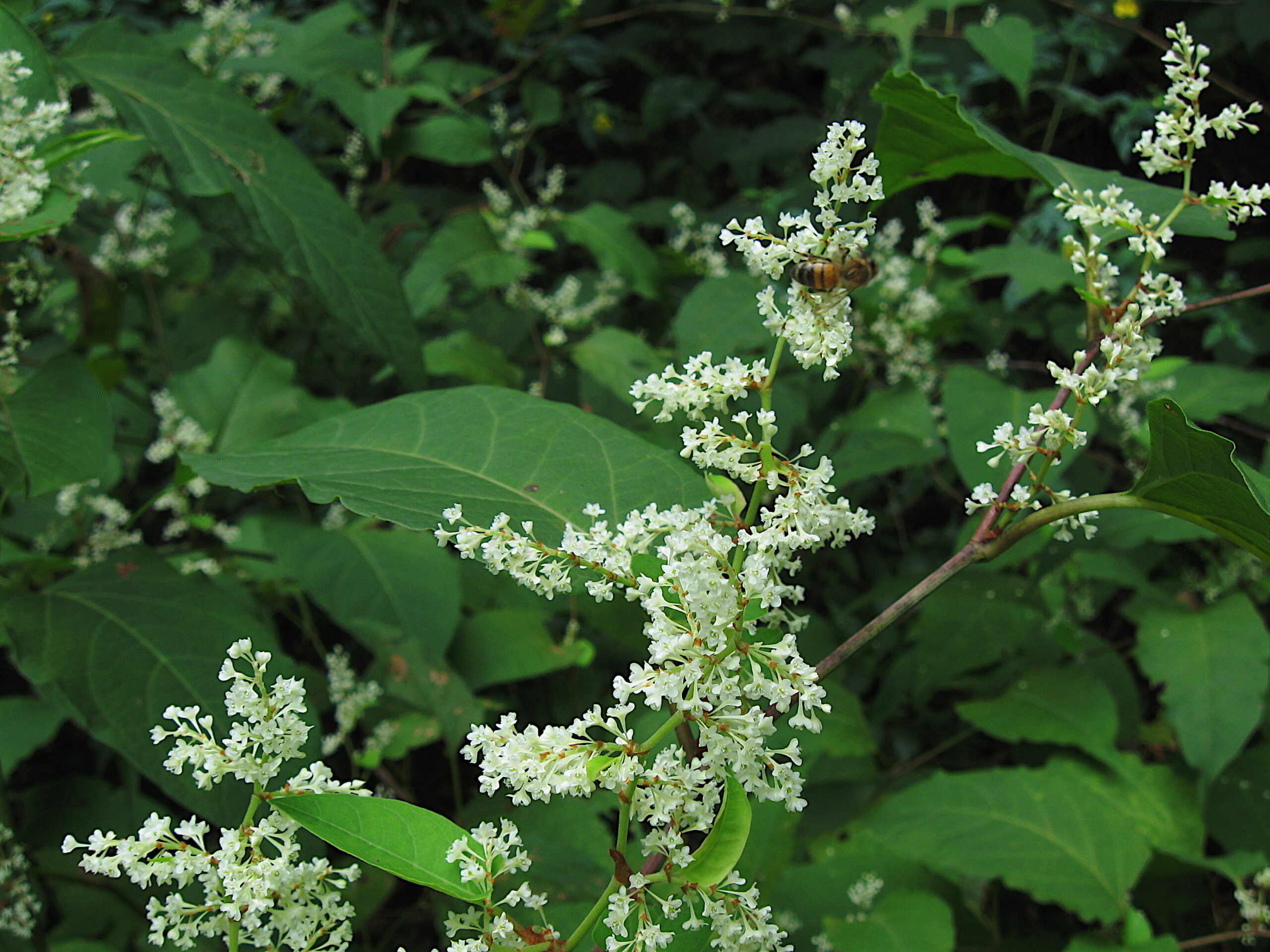Turning Public Outcry into Positive Action
Members of Master Gardeners of Ontario have been supporting and educating Ontario gardeners for over 30 years. In our Facebook group we answer gardening questions from folks across North America. Very often we are asked, “Help! How do I get rid of this plant that’s taking over my garden?” These are typically invasive plants that the gardener purchased or inherited. We are happy to provide practical ways to help the gardener, but in some cases control of the invasive plant is extremely difficult due to extensive spread. These bullies are taking over the garden, creating a monoculture to the exclusion of more desirable plants.
We are also asked for advice regarding plants that gardeners have chosen for their gardens. “What’s the best place for this Burning Bush?” Gardeners are shocked when we point out this recent purchase is on an invasive plant list, and we do not recommend they plant it anywhere in their garden. This leads to chagrin, frustration, disbelief, and many more questions:
“What do you mean it’s invasive? I just bought it!”
“Why do nurseries sell these plants?”
There are many other examples of invasive ornamental plants being regulated in the U.S. but not in Canada. For instance, Yellow Flag Iris (Iris pseudacorus) is prohibited from being sold in nine neighbouring states, including: Idaho, Maine, Montana, New Hampshire, New York, Ohio, Vermont, Washington, and Wisconsin, plus others. While it is widely recognized as an invasive plant across Canada, it is not widely regulated and only Alberta has taken action to end sales. As you can imagine, this also generated some pretty important questions.
“Why isn’t the government banning these plants?”
“What are you doing about it?”
Frankly, we don’t have good answers for these questions. We like to point out that many of these problem plants are prohibited for sale in several U.S. states. For instance, Burning Bush (Euonymus alatus) cannot be sold in many states, including four that border Canada: Maine, New Hampshire, Vermont and Wisconsin. In New York, if offered for sale in a nursery, Burning Bush must carry a label that states “this plant is an Invasive Species – Harmful to the Environment…” The label must list alternatives.
In response to this, members of the Master Gardeners of Ontario Facebook group decided to investigate the problem. We discovered that ornamental plants sold through nurseries and the pet/aquarium trade are the biggest source of invasive plants in Canada. We were shocked to learn that there are large gaps in Canada’s regulatory system that need to be fixed. In fact, Canada’s Auditor General and others have highlighted the need to solve this problem. We realized we want action, not more questions.
We decided it was time to call for urgently needed change in our invasive plant regulatory system. We began inviting members of the public to join our task force. From across Ontario, motivated and talented individuals have come forward to offer a wide and diverse range of skills and perspectives. We call our team the Canadian Coalition for Invasive Plant Regulations (CCIPR). We want to grow this into a national campaign because this issue affects everyone across the country. We aim to draw public attention to a growing problem that is costing us all more than just money, frustration and labour in and out of our home gardens. These invasive plants are harming Canada’s economy, our environment and public health.
In our next blog post: Just what makes plants invasive and how do they spread?

